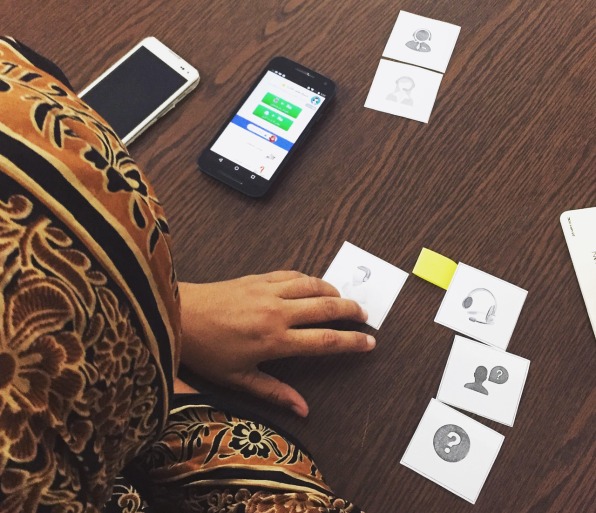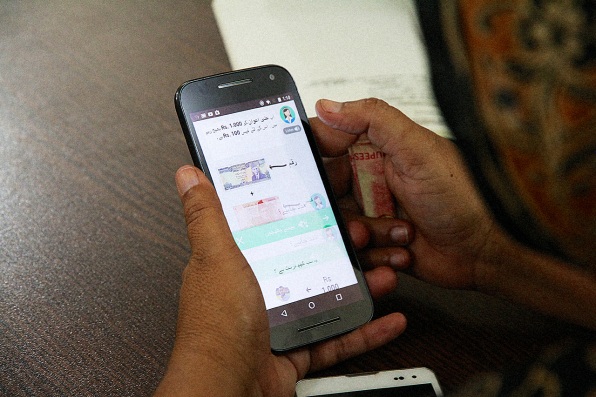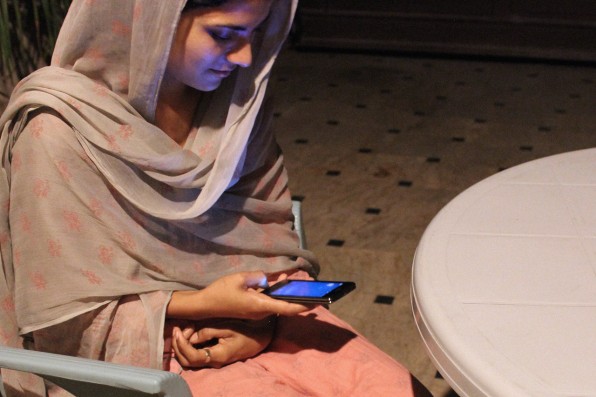Ivy Tech Video Game Design And Development
On a recent development project in Pakistan, researchers and designers watched closely as a woman picked up a smartphone and opened an app. For someone with a low literacy level, and who had never used a mobile money app, she moved across the screens with surprising ease. This was an important test because Faiza manages her family's finances and regularly needs to transfer money. She needs it to build financial independence, which is hard for the rural working class who have very few banks.
The design world is in the middle of an "empathy explosion" that would seem to have Faiza as their ideal end user. We know that access to financial technology is essential for development, and even more essential to improve the status of women.

But on the next screen in the test, Faiza got stuck. Even though there was an "X" in the top corner, she didn't know how to close it. Why? Because unlike most of the people who design apps, she didn't grow up surrounded by an MS Windows operating system that makes that "X" button second nature.
Thousands of articles, books, and podcasts in the West tout the ability to understand and share users' feelings as central to solving intractable social problems. Yet mobile money app developers in emerging markets don't typically put customers like Faiza at the center of their work. They cater to financially literate, high-income customers who they can easily relate to. Sometimes, they are more interested in crafting impressive builds than designing for inclusion.
The task for these designers was to create a mobile money app that empowered Pakistani users like Faiza to make financial transactions from a phone, without a bank account, and from the privacy of their own homes. Over weeks of research and prototype testing, the team found that listening to the perspectives and reactions of women like Faiza was critical to building a meaningful application. By putting her needs and behaviors at the center of the design process and testing assumptions early, they were able to transform a branchless banking app into an empowering and educational tool.

Focusing on the way rural Pakistani women like Faiza made sense of technology and money management informed the creation of a new report from the Consultative Group to Assist the Poor called 21 Principles for Mobile Money App Design. In those 21 principles, you can find three important lessons for designing financial tech for the developing world.
1: Promote individual use, but don't be too prescriptive
Designers purposefully created the app to guide users towards independent use of mobile money. But they also saw that some users would occasionally prefer to use money agents–men with small shops in the village–to complete their transactions. So they built a feature into the app to help locate agents. Who were they to decide how someone will transact?

2: Design for skills education
When creating a service for low-literacy populations designers knew that providing lots of text wouldn't make much sense. Instead, the team created a voice assistant, accessible from anywhere in the app that offered instructions when needed. They made sure the app provided confirmations for every transaction as well as an easy way to scroll through their entire transaction history, to teach the importance of record-keeping and reassure customers that they had successfully completed transactions. These choices made users comfortable with an unfamiliar technology and helped them tackle an intimidating subject, personal finance.
3. Design for local relevance
It would have been easy (and cost-efficient) to recreate banking apps popular in the West, but the results would have backfired. The team swapped trendy minimalist designs and flat icons for a set of specially created illustrations that were more descriptive and made the key functions of the app easier to identify. Using a question mark as a symbol for the "help" feature proved to too abstract for the test users, while an illustration of a call center rep was easily associated with assistance. In addition to making icons relevant to local users, they made sure that the text included was accessible by using simple and familiar menu terms.
The principles they learned demonstrate the importance of identifying the needs and behaviors of the target end users during the design process. Designers have good intentions but it is not enough to make something look good. If they're going to change the world–one app at a time–they must engage users early, often, and deeply.
Alexandra Fiorillo is the founder and principal at GRID Impact, a global research, innovation and design firm that combines human-centered design with behavioral science to solve policy, program, and product challenges in the social impact space.
Ivy Tech Video Game Design And Development
Source: https://www.fastcompany.com/3066428/3-lessons-to-guide-designing-better-financial-tech-for-the-developing-world
Posted by: freyfacharnmethe.blogspot.com

0 Response to "Ivy Tech Video Game Design And Development"
Post a Comment